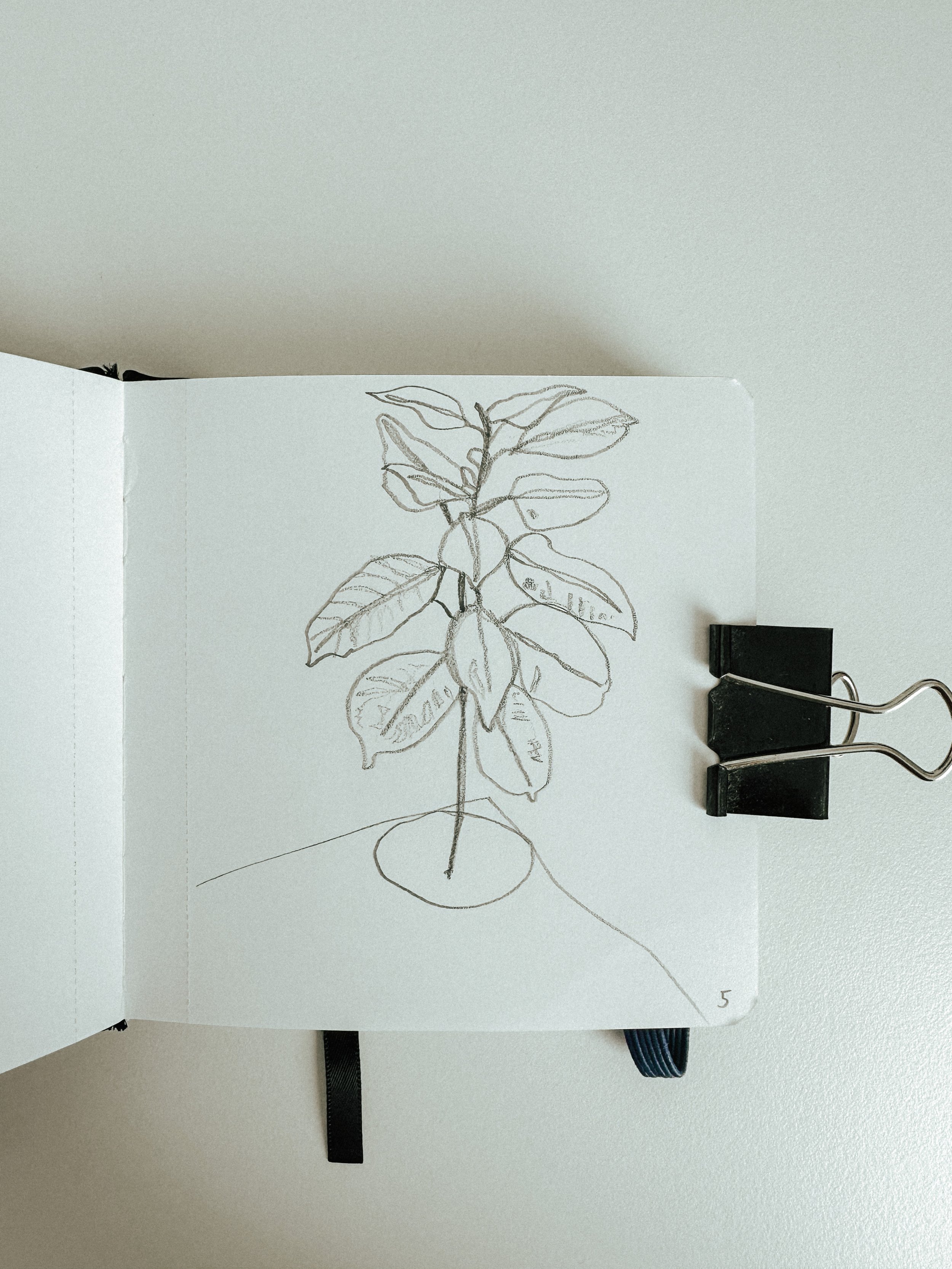5: Rubber Tree
The rubber tree plant, also referred to as the Ficus elastica, is a versatile, decorative and low-maintenance houseplant. The rubber tree is native to tropical regions of the world and is particularly known for its thick and glossy leaves. This plant is well-suited for indoor growing, as it requires minimal maintenance and is quite hardy.
When looking to purchase a rubber tree plant, it’s important to consider the size and type of plant that is best for the home or office. Rubber trees come in various sizes and varieties, and it is important to choose one that is suited to the particular space in which it will be kept. Generally, it is best to choose a rubber tree size that is not too big or too small for the particular area.
When caring for a rubber tree plant, it’s important to provide adequate light, water, and humidity. Rubber trees do best in indirect sunlight and need to be kept in an area that is not too warm or exposed to drafty areas. In terms of watering, rubber trees should be watered every one to two weeks. During the growing season, they may need to be watered more frequently. It is important to ensure that the soil is not too wet or too dry, as this can result in leaf drop or root rot.
In terms of humidity, rubber trees prefer a moderate to high level of humidity in the air. If the air is relatively dry, then it may be beneficial to mist the leaves of the rubber tree or place a humidifier nearby to provide it with the additional moisture it needs.
Overall, rubber trees are low-maintenance plants that are perfect for indoor growing. With adequate light, water, and nutrition, they will stay healthy and vibrant. They make beautiful additions to any home or office space, and with the right care, they will thrive for many years.
References:
